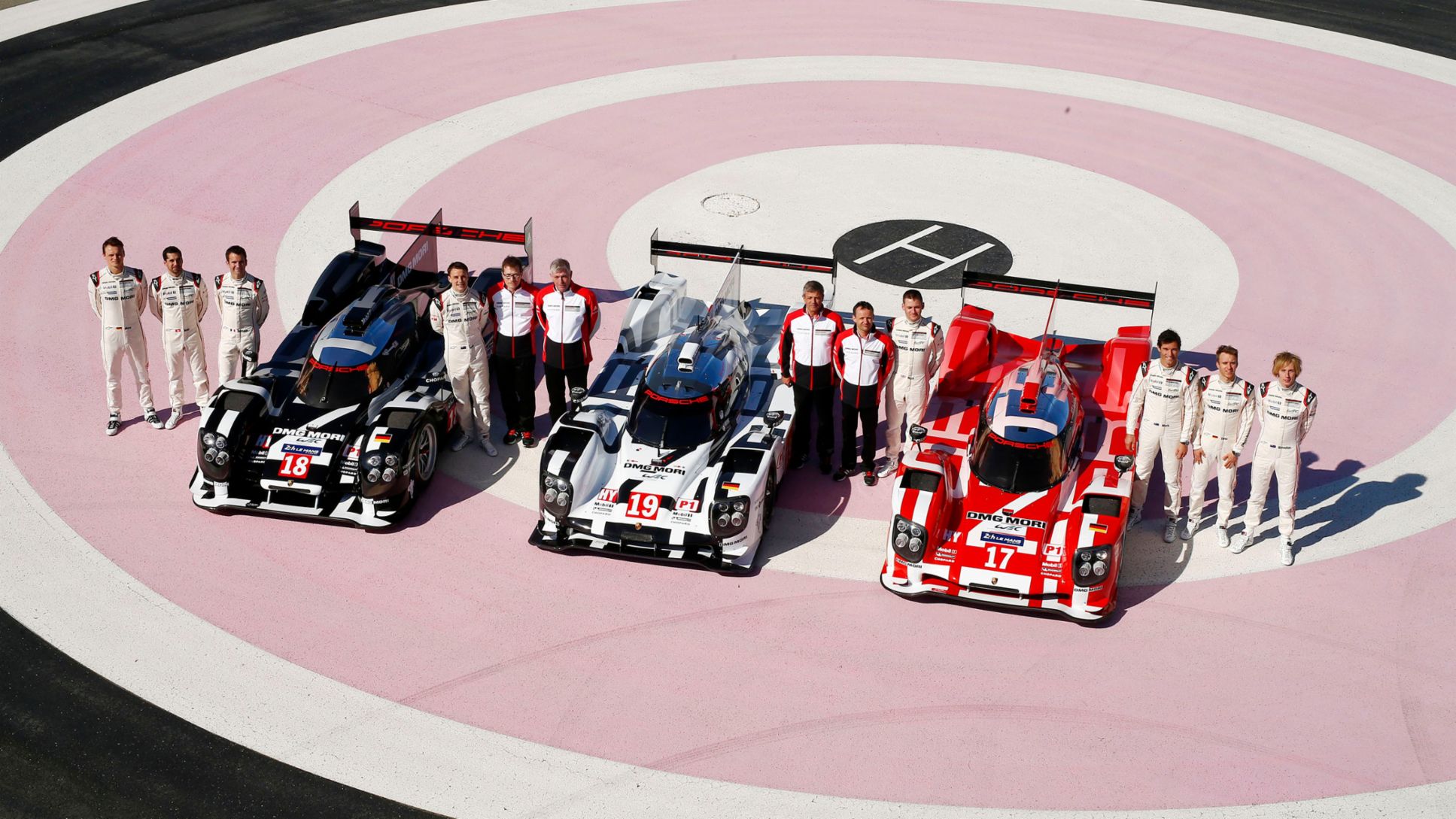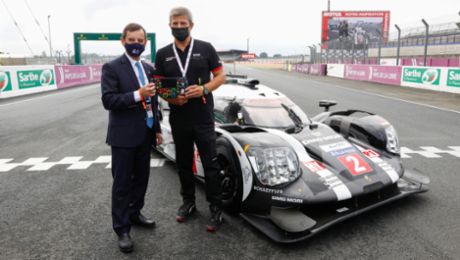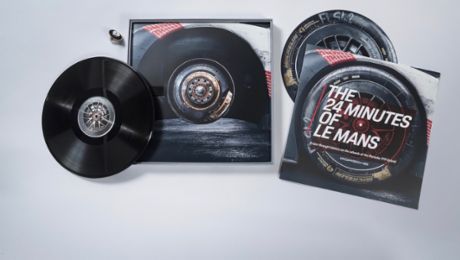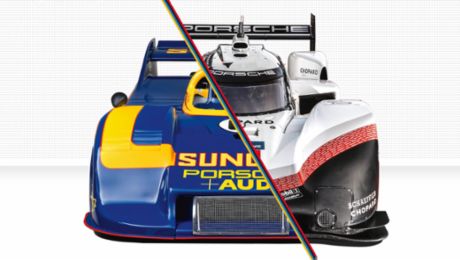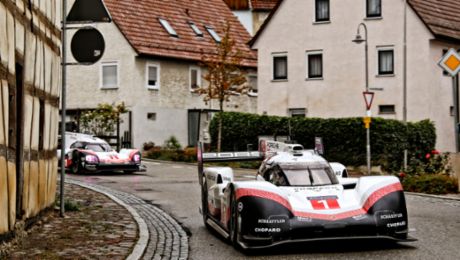The second generation Porsche 919 Hybrid has become even more efficient. The intensive further development of the hybrid drive and a noticeable weight reduction for the whole vehicle qualify the car for the highest electric 8 megajoule efficiency class for the new season of the FIA World Endurance Championship (WEC).
As a reminder: pivotal point of the technical regulations for the top WEC class LMP1 (Le Mans prototypes) is the goal of promoting and optimising hybrid innovations. The design engineers enjoy considerable freedom here. For example, any configuration is allowed for a combustion engine – provided that it is a four-stroke reciprocating engine. Neither are there any specific technical requirements for the design and working principle of the energy recovery system and the storage medium for the electric drive.
2.0 litre four-cylinder turbo engine in the 919 Hybrid delivers more than 500 hp
Only the energy consumption of the hybrid unit is explicitly limited by the regulations. This applies to both the fuel consumption of the combustion engine and also to the electricity consumed by the electric motor. The key aspect of the fuel consumption rule is that each limit is defined and calculated with mutual dependency. General rule: the more electricity a car generates and uses with its energy recuperation system, the less fuel it may use.
The Porsche concept focuses on the combination of a relatively small, light and fuel-efficient four-cylinder petrol engine with a powerful electric drive. The extremely efficient 2.0 litre four-cylinder turbo engine in the 919 Hybrid delivers more than 500 hp. Last but not least, the conventional part of the 919 Hybrid drive stands for the classic demands that Porsche places on itself with its engine philosophy, namely combining performance with everyday practicality, reliability, low fuel consumption and low emission figures.
Lower petrol consumption, higher permitted electric power consumption
With the compact and weight-saving combustion engine design, the technical rules allow a powerful electric drive. Two energy recovery systems work in the 919 Hybrid. The braking energy from the front axle and – via a turbine and a power generator – the exhaust gas stream are used. The recycled energy is stored in a liquid-cooled lithium-ion battery. The electric motor has power output of more than 400 hp and drives the front wheels. Total system power: approximately 1000 hp.
Based on the key factors of weight, fuel consumption limit and energy recovery (2, 4, 6 or 8 megajoules) this hybrid drive package was further developed during the winter break. The result: with 8 megajoules, in the new season the 919 Hybrid is allowed to recover the maximum allowed amount of electrical energy per lap, store it and convert it into propulsion when needed. Not least the significant overall weight reduction of around 30 kilogrammes for the vehicle (which now weighs 870 kilogrammes) enabled the switch to the 8 megajoule class. A lighter car, lower petrol consumption, higher permitted electric power consumption – that's the Porsche recipe for success in the 2015 WEC season in a nutshell.
